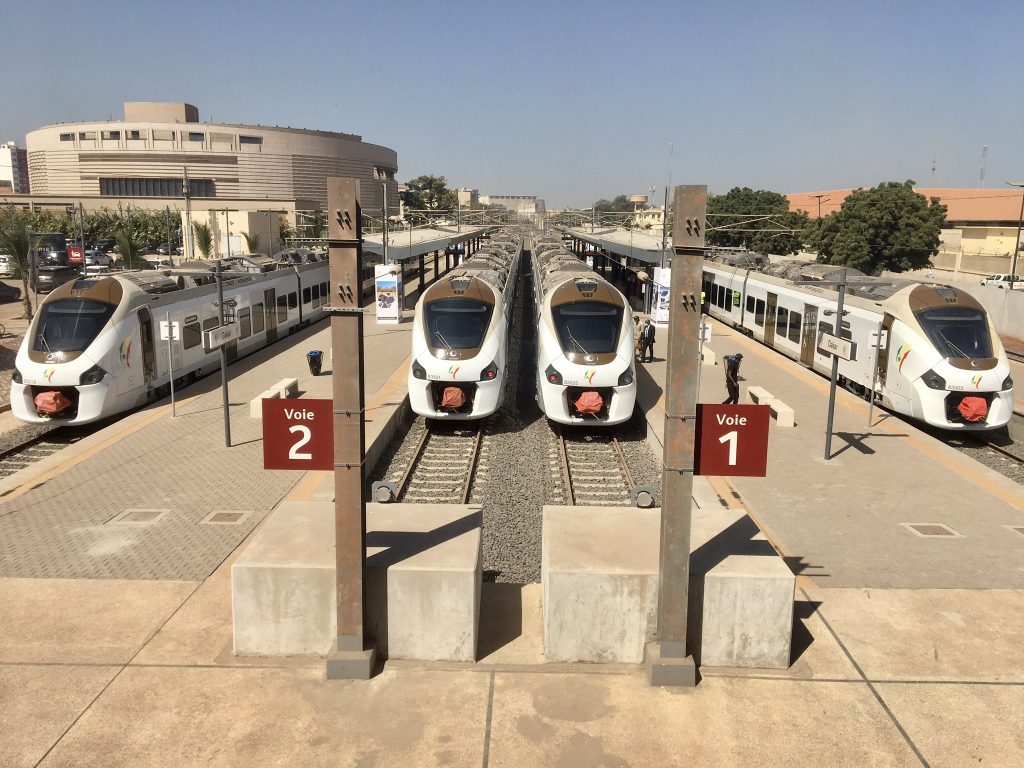Senegal’s Vision for the Future: Unveiling the “Senegal 2050” Development Plan
3 min read

On October 14, Senegal’s government, led by Prime Minister Ousmane Sonko, introduced an ambitious 25-year development initiative titled “Senegal 2050.” This groundbreaking plan aims to significantly reduce the country’s reliance on foreign aid and debt by harnessing local resources and investing in human capital. Sonko, in his announcement, pointed out the shortcomings of past development strategies and cited Japan as a successful model that other African nations could emulate.
The “Senegal 2050” program is designed to tackle pressing issues such as poverty reduction and economic stagnation. One of its key objectives is to triple per capita income by the year 2050, while also achieving consistent annual economic growth rates of between 6% and 7%. To facilitate this growth, the plan will focus on developing eight strategic hubs across the country, each tailored to leverage local strengths and resources.
During the launch, Sonko addressed the critical state of public finances, acknowledging that the country faces a more significant budget deficit and higher public debt levels than previously disclosed. He accused the former government of manipulating financial statistics to present a more favorable image of the country’s fiscal health, a claim that has been firmly denied by the previous administration. This revelation has raised concerns about transparency and accountability in financial reporting, casting a shadow over Senegal’s economic management.
The announcement comes at a time when Senegal’s credit rating has faced scrutiny. Moody’s, a prominent credit rating agency, recently downgraded the country’s rating, indicating increasing apprehensions about its fiscal stability and ability to meet financial obligations. This downgrade adds pressure on the current government to implement its plans effectively and restore investor confidence.
Sonko’s vision for Senegal emphasizes a shift towards self-reliance and sustainable growth. By focusing on local resources, the government aims to stimulate job creation and enhance the skills of the workforce. The program also seeks to foster innovation and entrepreneurship, which are crucial for driving economic diversification.
In terms of specific initiatives, “Senegal 2050” will prioritize investments in key sectors such as agriculture, technology, and infrastructure. By bolstering these areas, the government hopes to create a more resilient economy that can withstand external shocks and adapt to changing global dynamics.
Sonko’s administration is also committed to improving public services and governance. Strengthening institutions and ensuring efficient resource allocation will be vital for the success of the program. The government recognizes that without transparent and accountable governance, efforts to stimulate growth and reduce poverty will be hampered.
The plan’s holistic approach aims not only to improve economic indicators but also to enhance the quality of life for Senegalese citizens. Educational reforms will be integral to this effort, as a well-educated workforce is essential for driving innovation and competitiveness. The government plans to invest in educational programs that equip young people with the skills needed for the jobs of the future.
In addition to economic and educational initiatives, “Senegal 2050” will address social issues, including health care access and gender equality. The program aims to create a more inclusive society where all citizens have the opportunity to thrive. By focusing on these social determinants of health and well-being, the government hopes to build a stronger, more cohesive nation.
As Senegal embarks on this ambitious journey, the success of the “Senegal 2050” plan will depend on effective implementation and sustained commitment from all stakeholders, including government officials, private sector partners, and civil society. Engaging citizens in the development process will also be crucial to ensure that the plan reflects the needs and aspirations of the population.
In conclusion, the launch of “Senegal 2050” marks a pivotal moment in the country’s development trajectory. With its emphasis on local resources, human capital, and sustainable growth, the program aims to transform Senegal into a self-reliant nation by mid-century. While challenges remain, the commitment to transparency, accountability, and inclusive growth sets a hopeful foundation for the future of Senegal.